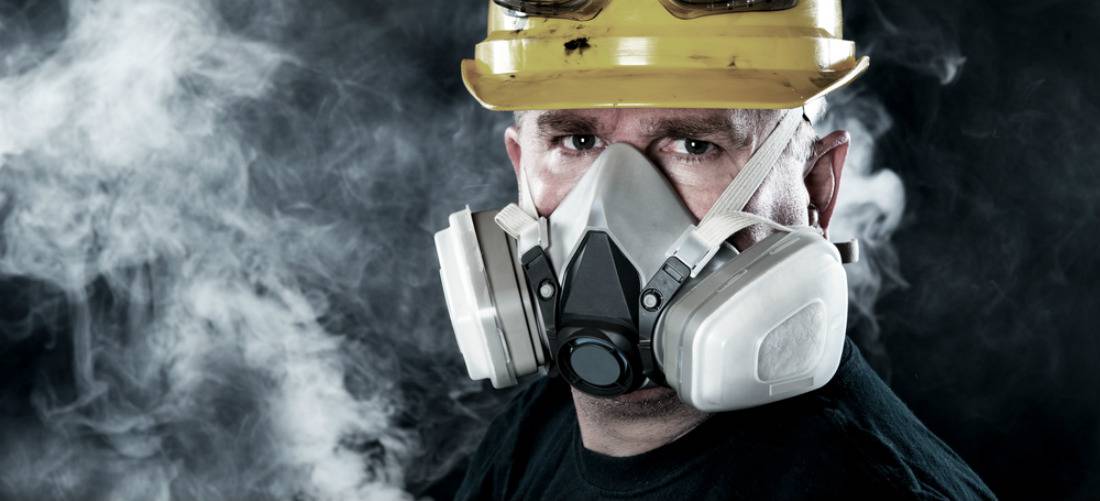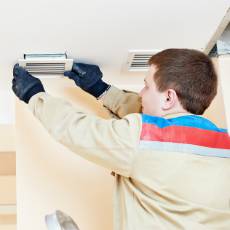How to guard your remodeled garage against toxic gases
Remodeled garages can provide you with practical new space that can serve as anything from a new bedroom to a home theater. When going through with the garage remodel, dangerous gas can be a concern. The two primary toxic gasses that you'll need to protect your home from are radon and carbon monoxide. There are multiple building techniques you can use in converted garages that will keep these gasses at federally approved levels, preventing harm to the residents of your home.

Prevent toxic gases in your garage remodel
The best time to protect against radon is during new construction, but the same techniques can be used during residential renovations, especially if your remodel job includes replacing a cold concrete floor slab with a heated one. After removal of the old slab and before laying the new heating elements, you should prepare the foundation to help vent radon outside your home. The first step is to lay a 4-inch layer of gravel that will sit below the slab. This gravel will allow radon and other gases in the soil to move freely beneath the floor so that you can vent them elsewhere.
On top of the gravel, lay 6mm plastic sheeting to block the radon. Set a vent pipe into the gravel using a 3- or 4-inch PVC pipe and direct the outflow of the pipe outside the garage. Lay the concrete containing the heating element of your choice, and then when it sets, seal all the edges to ensure that the radon only flows through the vent pipe and then outside the home. A powered vent will be more effective in removing radon and other gases from the soil beneath your garage.
 Carbon monoxide inside the home is generally created through combustion. Gas-powered appliances are the likely culprits. If you intend to install anything from a generator to a gas range during your residential remodeling project, your best protection against carbon monoxide is through proper ventilation. Garages tend to have poor ventilation. Add powered ventilation to the garage during the course of the remodeling process, directing the exhaust outside the home to cut down on accumulation of toxic gasses. You should also have appliances in your home that operate by propane, natural gas or wood checked yearly for blockage, along with your heating system. You can find an inspector or contractor to run the yearly checks through the QualitySmith listings.
Carbon monoxide inside the home is generally created through combustion. Gas-powered appliances are the likely culprits. If you intend to install anything from a generator to a gas range during your residential remodeling project, your best protection against carbon monoxide is through proper ventilation. Garages tend to have poor ventilation. Add powered ventilation to the garage during the course of the remodeling process, directing the exhaust outside the home to cut down on accumulation of toxic gasses. You should also have appliances in your home that operate by propane, natural gas or wood checked yearly for blockage, along with your heating system. You can find an inspector or contractor to run the yearly checks through the QualitySmith listings.
Along with building precautions, you should also install carbon monoxide alarms throughout the home, including inside the garage, to warn you of dangerous buildup. Radon test kits are also available and should be used to test your home and any subsurface water supplies, such as well water, every two or three years.
When planning a garage remodel, dangerous gas emissions should be a consideration. Through proper building techniques, you can prevent the buildup of toxic gasses in the home. Through venting, carbon monoxide and radon gas can be redirected, creating a safe and enjoyable environment.













Write a Comment